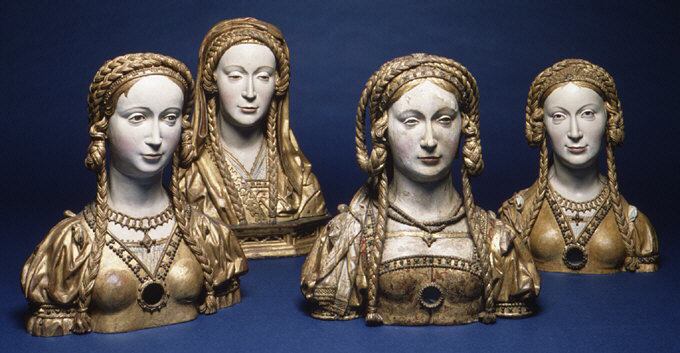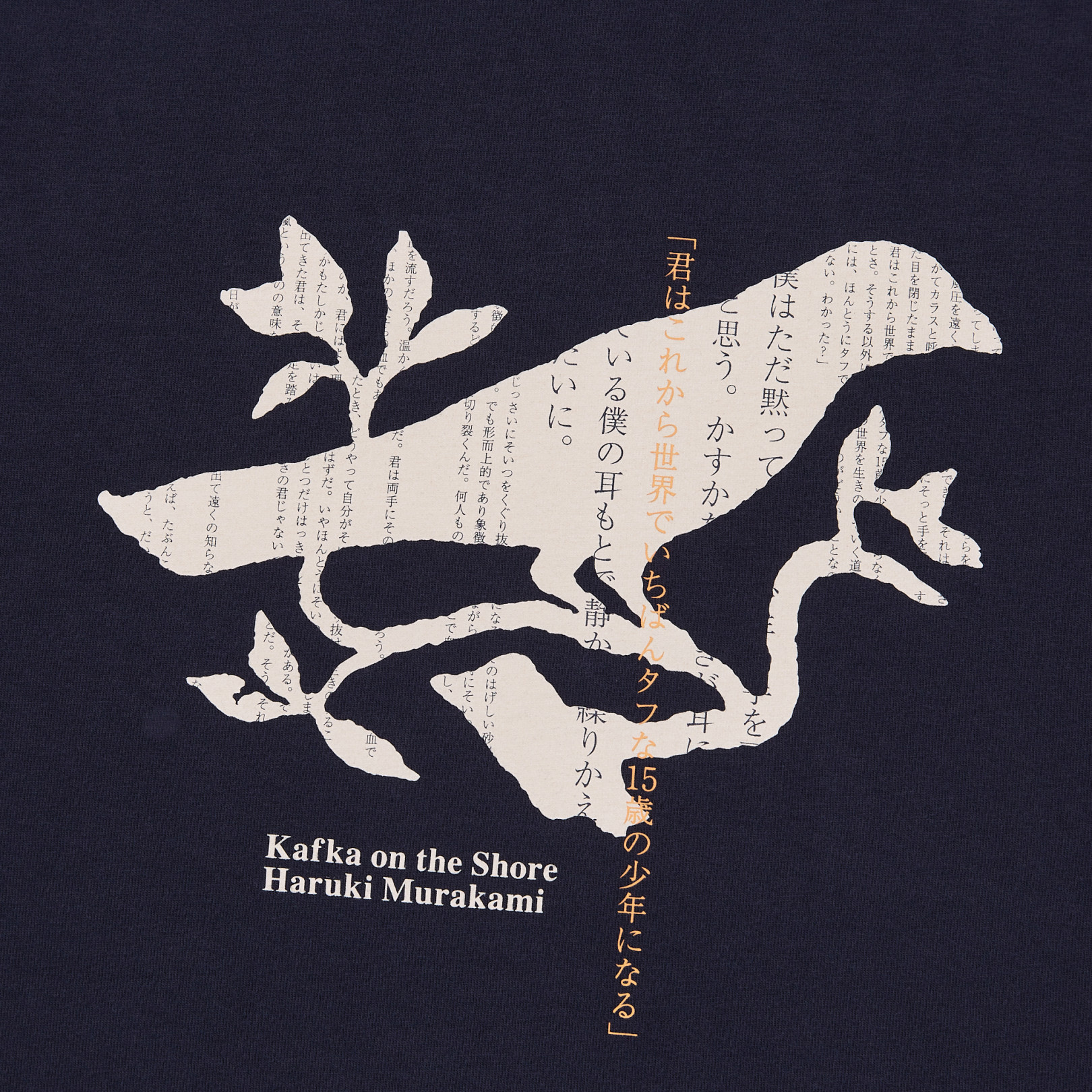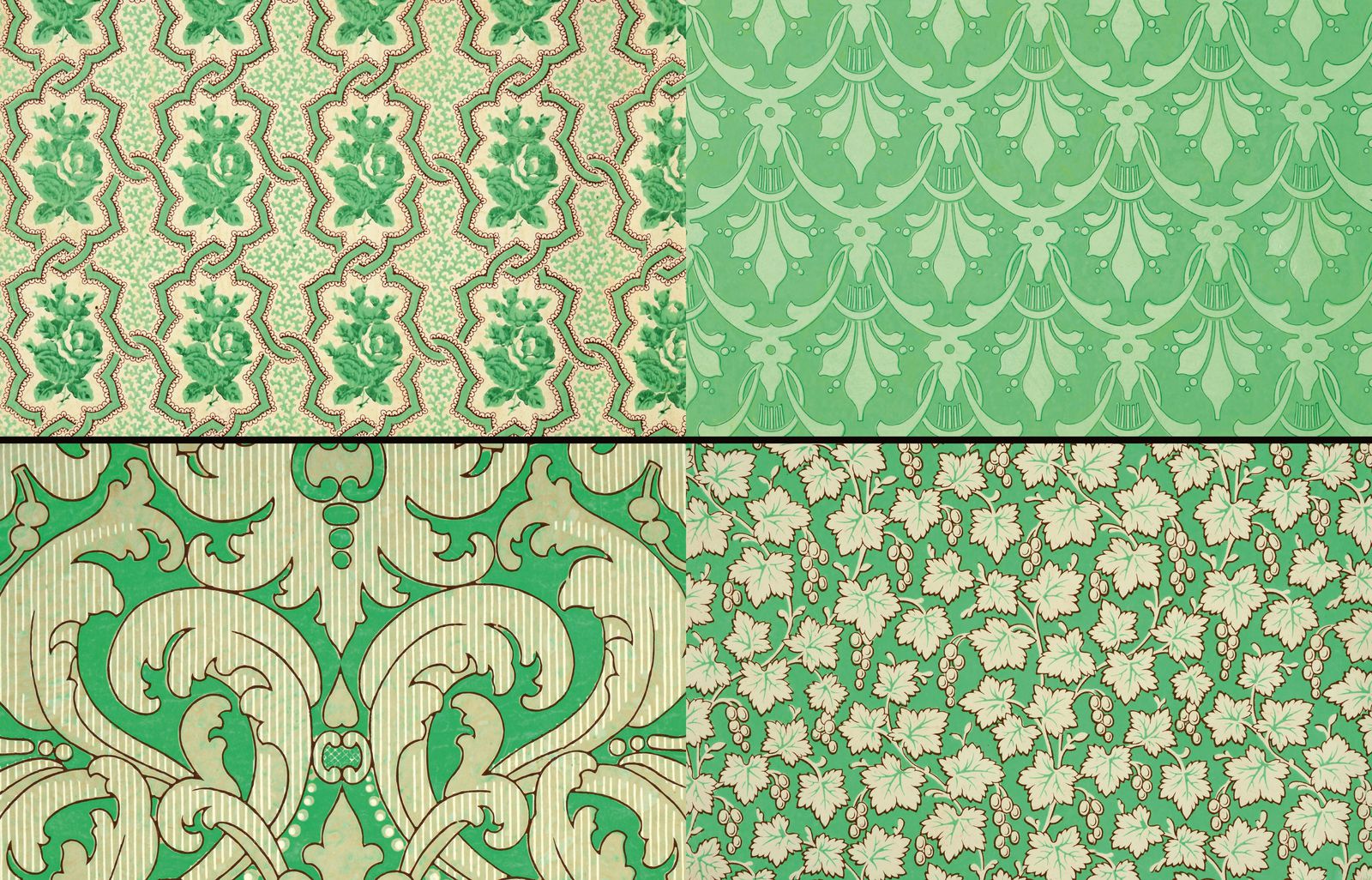The Rivethead preoccupation with fashion is inescapably related to their anxiety over being confused for subcultures they profess to hate: Goths, Punks, Metalheads, Death Rockers… The fact that so many subcultures claim black as their color of choice contributes to the confusion.
There are two points upon which theorists of post-industrial British subcultures generally agree: 1) No matter the music or the fashion, the boundaries between one subculture and another were rigorously, even violently, enforced (hence the wars between the mods and rockers), and; 2) The music and fashions of every subculture were subject to cooptation by the machinery of capitalism, to be mass produced, packaged, and sold as off-the-rack commodity, a phenomenon that occurred almost as soon as punks, mods, rockers, goths, teddy boys, skinheads, New Romantics, etc. began appearing on television — as in the post-Grundy Irish TV appearance of four young individuals above from 1983.
The interviewer introduces these punks, goths, and mods by referring first to their employment — or lack of employment — status, and then to the number of children in their family. Comments dripping with class disdain sit alongside a characterization of various subcultures as “gangs” — the Hell’s Angels thrown in among them just to drive the point home. Of course, there’s more to say about the denizens of early-80s UK subcultural street corners — more than these four representatives have to say themselves. It is communicated through performance rather than verbal exposition, through the affiliations of clothing, music, and pose — as in the mini-historical slideshow of late-20th century British subcultures below, from the 50s to the 80s.
In 1979, British theorist Dick Hebdige published what many considered the definitive analysis of these working-class scenes, which frequently centered around forms of racial and cultural exchange — as with mods who loved jazz or punks who loved ska and dub reggae; or racial and cultural exclusion — as with fascist skinheads and chauvinist teddy boys who glorified the past, while other subcultural ideologies looked to the future (or, as the case may be, no future).
Hebdige’s Subculture: the Meaning of Style begins with a story about French writer Jean Genet, humiliated in prison by homophobic guards over his possession of a tube of Vaseline:
Like Genet, we are interested in subculture – in the expressive forms and rituals of those subordinate groups – the teddy boys and mods and rockers, the skinheads and the punks – who are alternately dismissed, denounced and canonized; treated at different times as threats to public order and as harmless buffoons.
The irony of subcultures is that they identify with social outsiders, while re-enforcing boundaries that create exclusivity (cf. the quote at the top, from Hebdige-inspired Subcultures List). When the novelty and shock recedes, they become ripe fodder for commercial cooptation, even luxury branding.
What we usually don’t get from tame retrospectives, or from patronizing mass media of the time, are deviant outsiders like Genet who cannot be reabsorbed into the system because their very existence poses a threat to the social order as so construed. So much of the fashion and music of post-war Britain was directly created or inspired by West Indian migrants of the Windrush generation, for example. In too many popular representations of postwar British subcultures, that essential part of the working class UK subculture story has been entirely left out.
Related Content:
A History of Punk from 1976–78: A Free Online Course from the University of Reading
The History of Punk Rock in 300 Tracks: A 13-Hour Playlist Takes You From 1965 to Present
Josh Jones is a writer and musician based in Durham, NC. Follow him at @jdmagness











